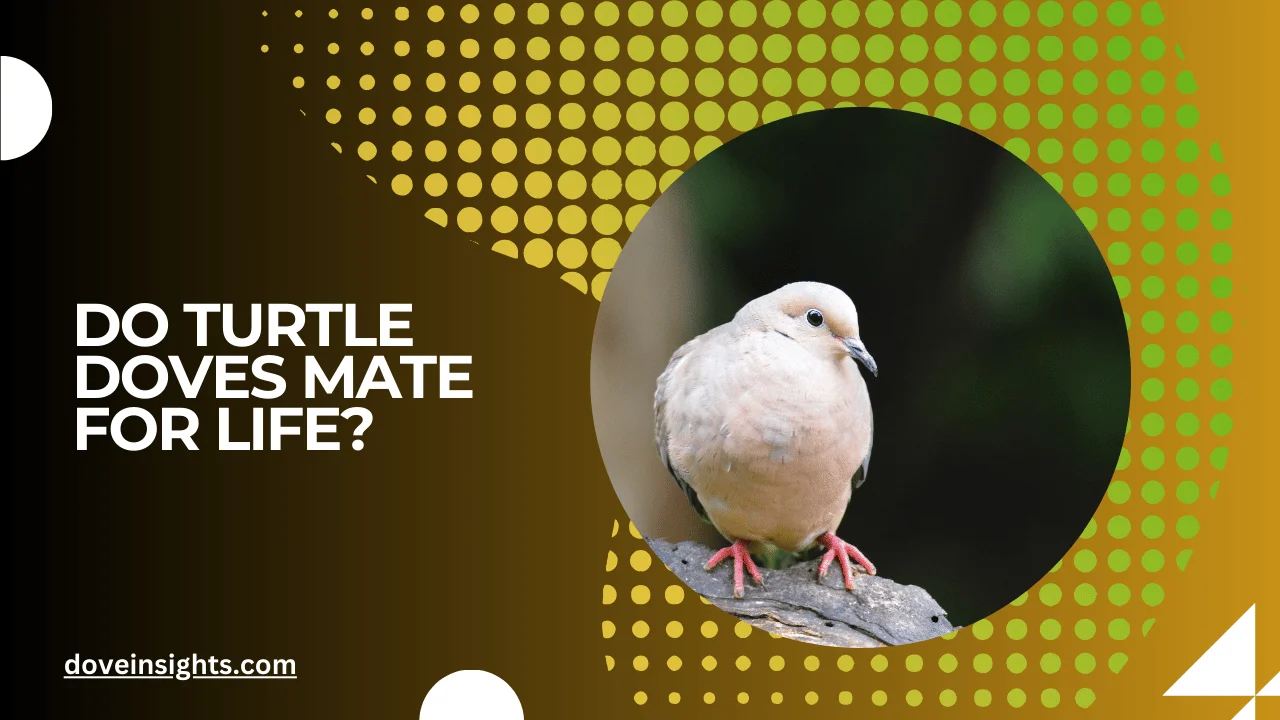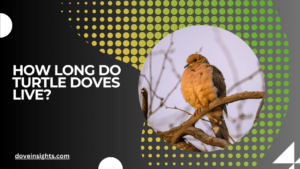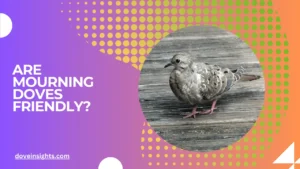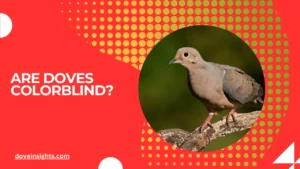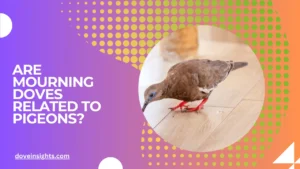The image of turtle doves as symbols of love and fidelity has been immortalized in culture, literature, and even holiday songs.
Their reputation for being devoted partners has intrigued bird enthusiasts and romantics alike. But how much of this perception aligns with their actual behavior in the wild? Do turtle doves truly mate for life, or is it simply a charming myth rooted in folklore?
Understanding the mating behavior of turtle doves opens a window into their fascinating lives. These gentle birds are not just romantic symbols but also vital players in the ecosystems they inhabit.
Their pairing habits, courtship rituals, and the roles they play in raising offspring reveal much about their instincts and the challenges they face in a changing environment.
This article will explore the truth behind the devotion of turtle doves, delving into their mating patterns, the biological and environmental factors that influence their partnerships, and what their behavior can teach us about nature’s complexity.
Whether you’re a bird lover, a curious observer, or someone drawn to the beauty of their symbolism, this deep dive into turtle dove relationships is sure to captivate and inform.
Contents
- 1 Understanding Turtle Doves
- 2 Mating Behaviors of Turtle Doves
- 3 Factors Influencing Their Pair Bonds
- 4 Comparing Turtle Doves to Other Birds
- 5 Supporting Turtle Dove Populations
- 6 Conclusion
- 7 FAQ’s
- 7.0.1 Do turtle doves really mate for life?
- 7.0.2 What happens if a turtle dove’s mate doesn’t return?
- 7.0.3 How do turtle doves choose their mates?
- 7.0.4 Why are turtle doves considered symbols of love?
- 7.0.5 How long do turtle doves stay together?
- 7.0.6 What challenges do turtle doves face in forming pairs?
Understanding Turtle Doves
Physical Characteristics and Behavior
Turtle doves are small, slender birds with distinctive soft plumage, pale underparts, and a black-and-white striped neck patch. They are known for their gentle cooing sounds, which often accompany their courtship displays.
Habitat and Distribution
These birds prefer open woodlands, farmlands, and hedgerows, making Europe, Africa, and parts of Asia their home. Their migratory behavior sees them traveling thousands of miles between breeding and wintering grounds.
Symbolism in Culture
The concept of turtle doves mating for life has been ingrained in poetry, art, and traditions, with these birds often appearing as icons of eternal love and commitment.
Mating Behaviors of Turtle Doves
Do They Mate for Life?
While turtle doves are considered monogamous, their partnerships often last only for the duration of a breeding season. If both partners survive to the next season, they may reunite, but this is not guaranteed.
Courtship Rituals
Male turtle doves engage in elaborate courtship displays, including cooing, bowing, and preening their potential mate. These behaviors strengthen the bond and establish trust between the pair.
Parenting Roles
Both male and female doves play active roles in building the nest, incubating eggs, and feeding their young, showcasing a strong, cooperative partnership.
Factors Influencing Their Pair Bonds
Environmental Challenges
Habitat loss, climate change, and human disturbances can disrupt nesting and pairing habits, forcing turtle doves to adapt or seek new mates.
Survival Rates
The survival of one or both partners affects whether they can maintain their bond. If one dove does not return from migration, the remaining bird will likely seek a new partner.
Migration and Distance
The long migratory journeys undertaken by turtle doves expose them to numerous risks, from predation to exhaustion, influencing their ability to reunite with a previous mate.
Comparing Turtle Doves to Other Birds
Monogamy in Birds
Many bird species exhibit monogamous behaviors, but the extent varies. Swans and albatrosses often form lifelong bonds, while others, like turtle doves, have seasonal pairings.
Unique Traits of Turtle Doves
What sets turtle doves apart is their cultural association with enduring love and their cooperative parenting, even if their bonds are not permanent.
Biological and Evolutionary Perspectives
Monogamy in birds like turtle doves can increase reproductive success by ensuring both parents contribute to the care of offspring.
Supporting Turtle Dove Populations
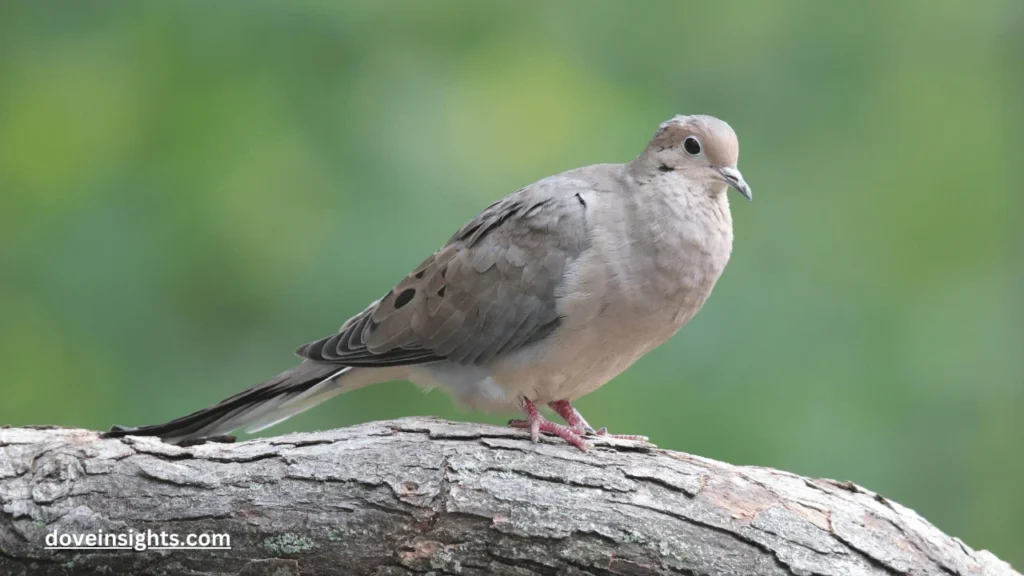
Habitat Preservation
Creating and protecting habitats with native vegetation, water sources, and nesting opportunities is critical for turtle dove survival.
Encouraging Biodiversity
By planting seed-rich plants and minimizing pesticide use, you can create a bird-friendly environment that supports not just turtle doves but other species as well.
Citizen Science and Conservation Efforts
Participating in bird surveys and supporting organizations focused on bird conservation can help track and protect turtle dove populations.
Conclusion
The idea that turtle doves mate for life is both a symbolic truth and a biological nuance. While they are monogamous during a breeding season, their bonds are often influenced by environmental and survival factors.
Despite this, their behavior reflects a remarkable devotion to their partners and offspring, showcasing nature’s adaptability and complexity.
In summary, turtle doves remind us of the beauty of partnership and the challenges of survival in the wild.
Whether you admire them for their symbolism or their ecological importance, understanding their lives enriches our appreciation of the natural world.
By fostering environments where turtle doves can thrive and supporting conservation efforts, we can ensure these gentle symbols of love continue to grace our skies for generations to come.
FAQ’s
Do turtle doves really mate for life?
Turtle doves are monogamous during the breeding season but may not stay with the same partner across multiple seasons.
What happens if a turtle dove’s mate doesn’t return?
If a partner does not return, the remaining dove will seek a new mate for the next breeding season.
How do turtle doves choose their mates?
Mates are chosen based on courtship displays, which include cooing, bowing, and preening.
Why are turtle doves considered symbols of love?
Their cooperative parenting and seasonal monogamy have made them cultural symbols of devotion and harmony.
How long do turtle doves stay together?
They typically stay together for the duration of a breeding season.
What challenges do turtle doves face in forming pairs?
Habitat loss, migration risks, and environmental disturbances can impact their ability to maintain bonds.

